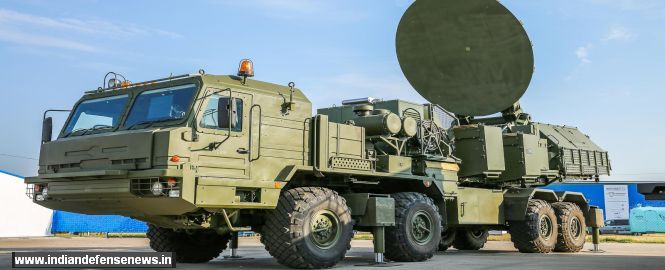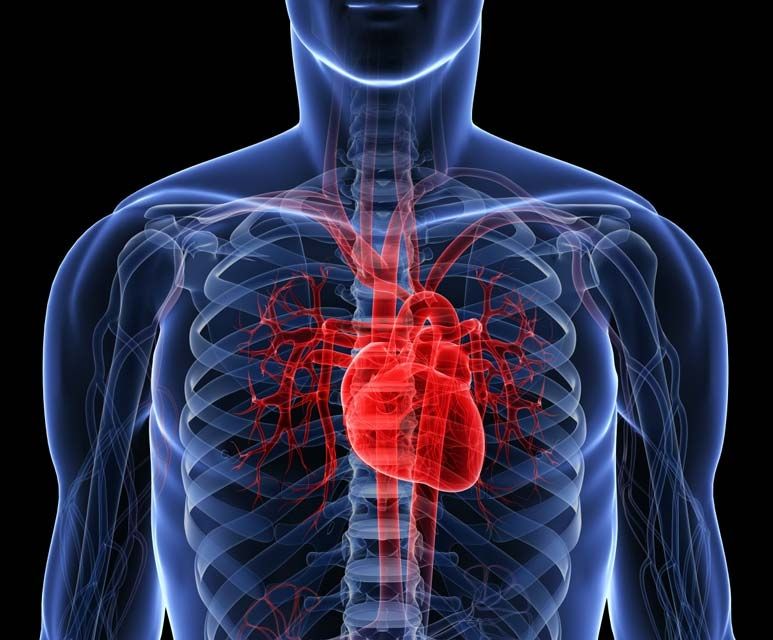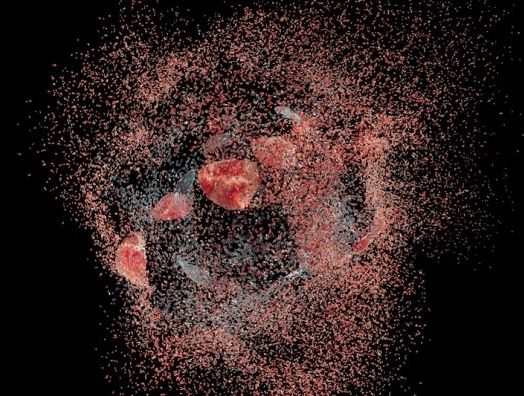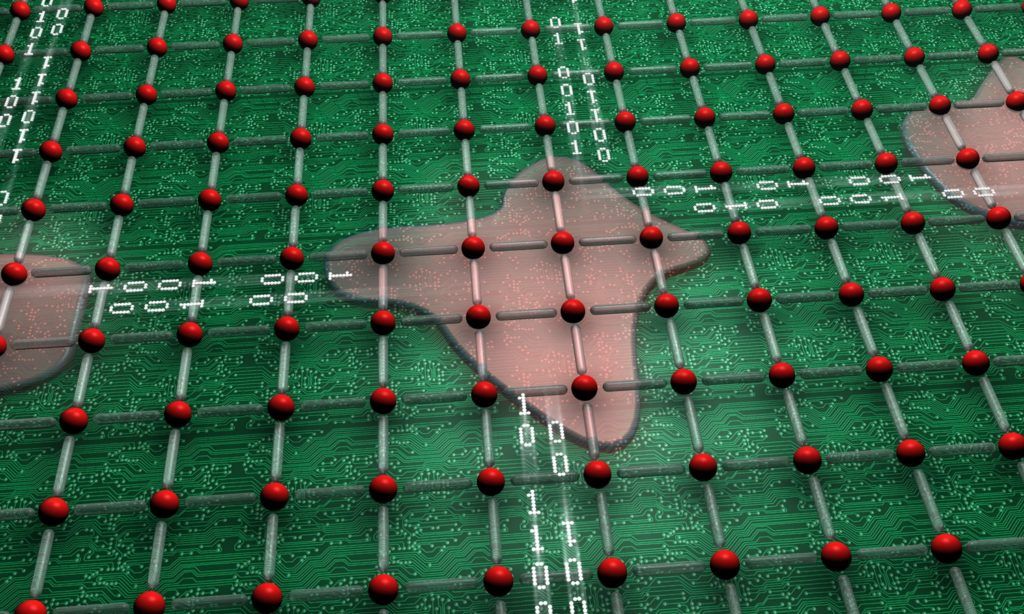Sep 14, 2016
CIA Director John Brennan warns of Russian hacking
Posted by Karen Hurst in categories: cybercrime/malcode, neuroscience
So, here is the real question we in the US should start raising is how does all of this look for the US to its allies, frienemies, etc. with US filling the headlines with statements like this one. No wonders allies and others are expanding their partnerships with Russia.
WASHINGTON (AP) — CIA Director John Brennan warned on Sunday that Russia has “exceptionally capable and sophisticated” computer capabilities and that the U.S. must be on guard.
When asked in a television interview whether Russia is trying to manipulate the American presidential election, Brennan didn’t say. But he noted that the FBI is investigating the hacking of Democratic National Committee emails, and he cited Moscow’s aggressive intelligence collection and its focus on high-tech snooping.
Continue reading “CIA Director John Brennan warns of Russian hacking” »


















